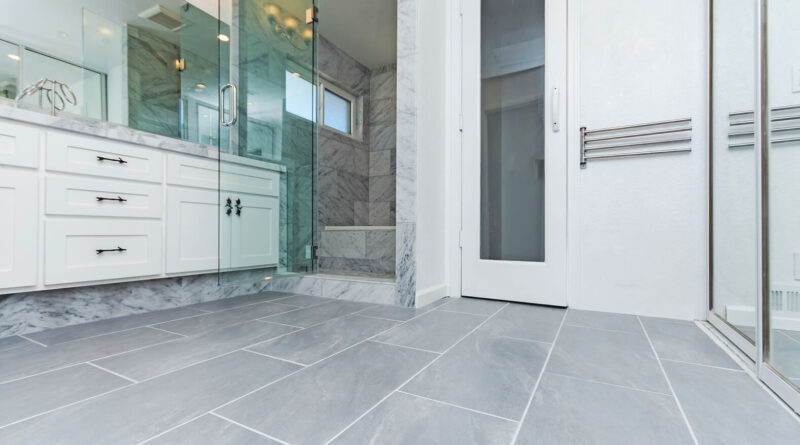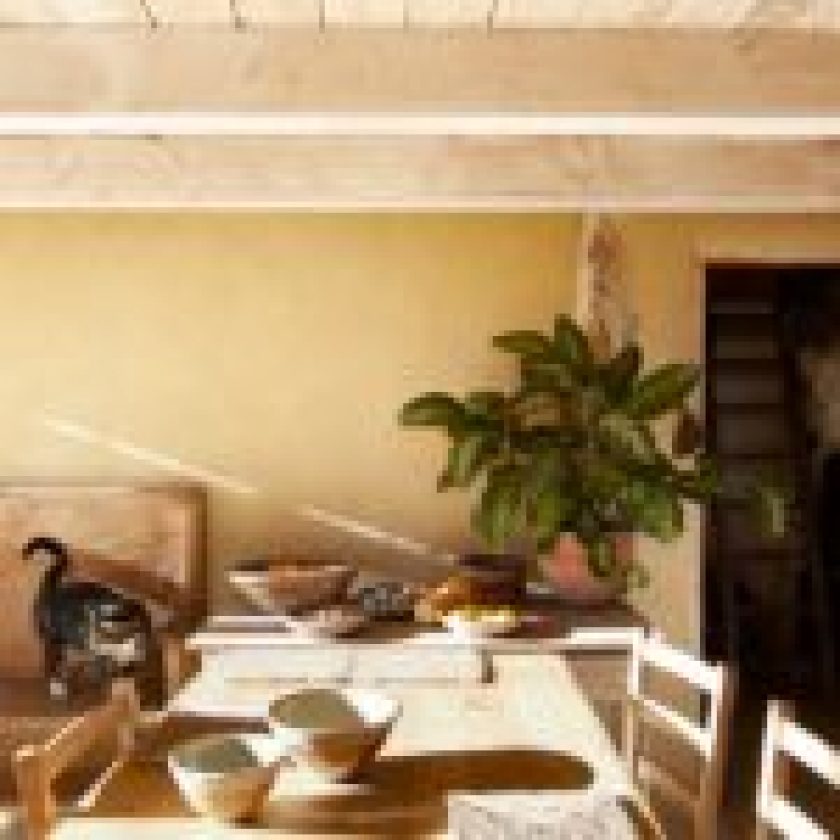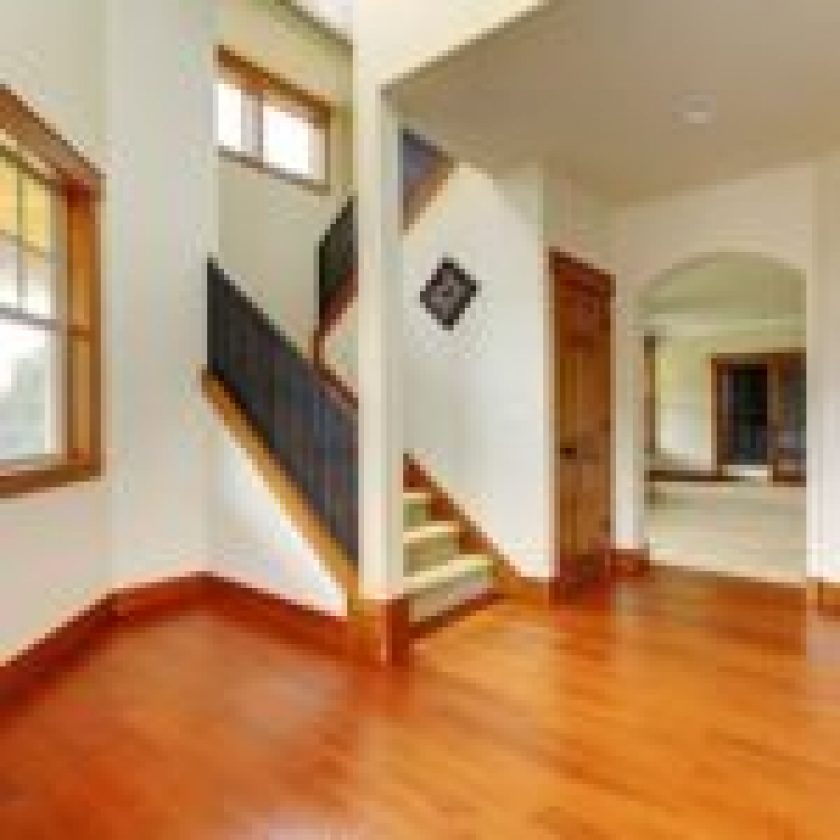Waterproofing isn’t the most fun part of building your ideal home, but it is critical to a safe and pleasant end product. It keeps water out of places where it shouldn’t be, whether it’s keeping water out of your home or stopping water from escaping moist rooms like kitchens, bathrooms, and laundries. If it’s done right, it increases the lifetime of the building. The protecting layer does not allow water to stay longer; therefore, it prevents water damage, mold growth, and corrosion. Among all the rooms of the house, the wettest in the bathroom. That is why it requires special attention in terms of walls & floor waterproofing.
Waterproofing a Bathroom
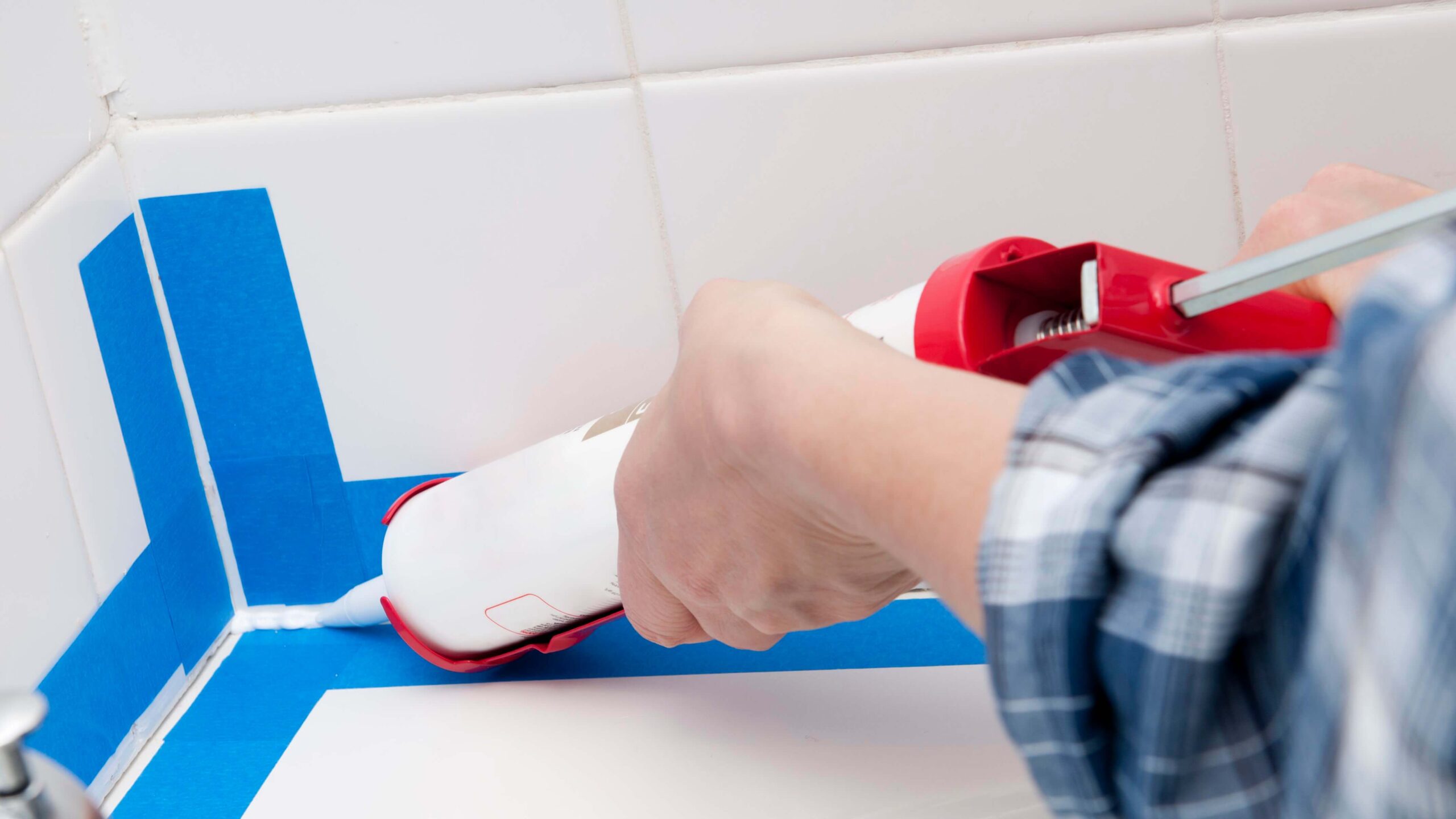
source: thespruce.com
Bathrooms are created with great care, taking into account the users’ preferences and needs. The construction of bathrooms requires a great deal of consideration, from selecting wall tiles, floor tiles, washbasins, and bathtubs. With other sorts of care, it’s also important to remember to waterproof the bathroom as well. When Waterproofing is not paid much attention to, it lowers the quality of the overall structure and can cause leakage and cracks in the walls and floor.
When it comes to waterproofing the bathroom, there are a variety of ways and solutions to consider. The first and most crucial step is to seek advice from a professional. The expert will examine the locations where moisture is a problem and the areas that could be affected. He’ll also be able to suggest the best solution to stop the leaks. Once the root cause of the leakage is recognized, Waterproofing becomes easy, with the wide range of materials available in the market.
Fixing plumbing lines, sealing cracks in the floor and tile joints, and installing the proper fixtures and sanitary ware are all things that come in Water-proofing methods.
If you have tiles in the bathroom, do Waterproofing with a combination of sheets and paint on liquid membranes before installing the tiles. It takes two coats, each of which takes 24 hours to dry. Once the tiles are in place, more sealant may be required. The job can take up to four days. We hired one of the best waterproofing contractors in Dubai, and they took two days.
Significant Areas for Waterproofing in the Bathroom
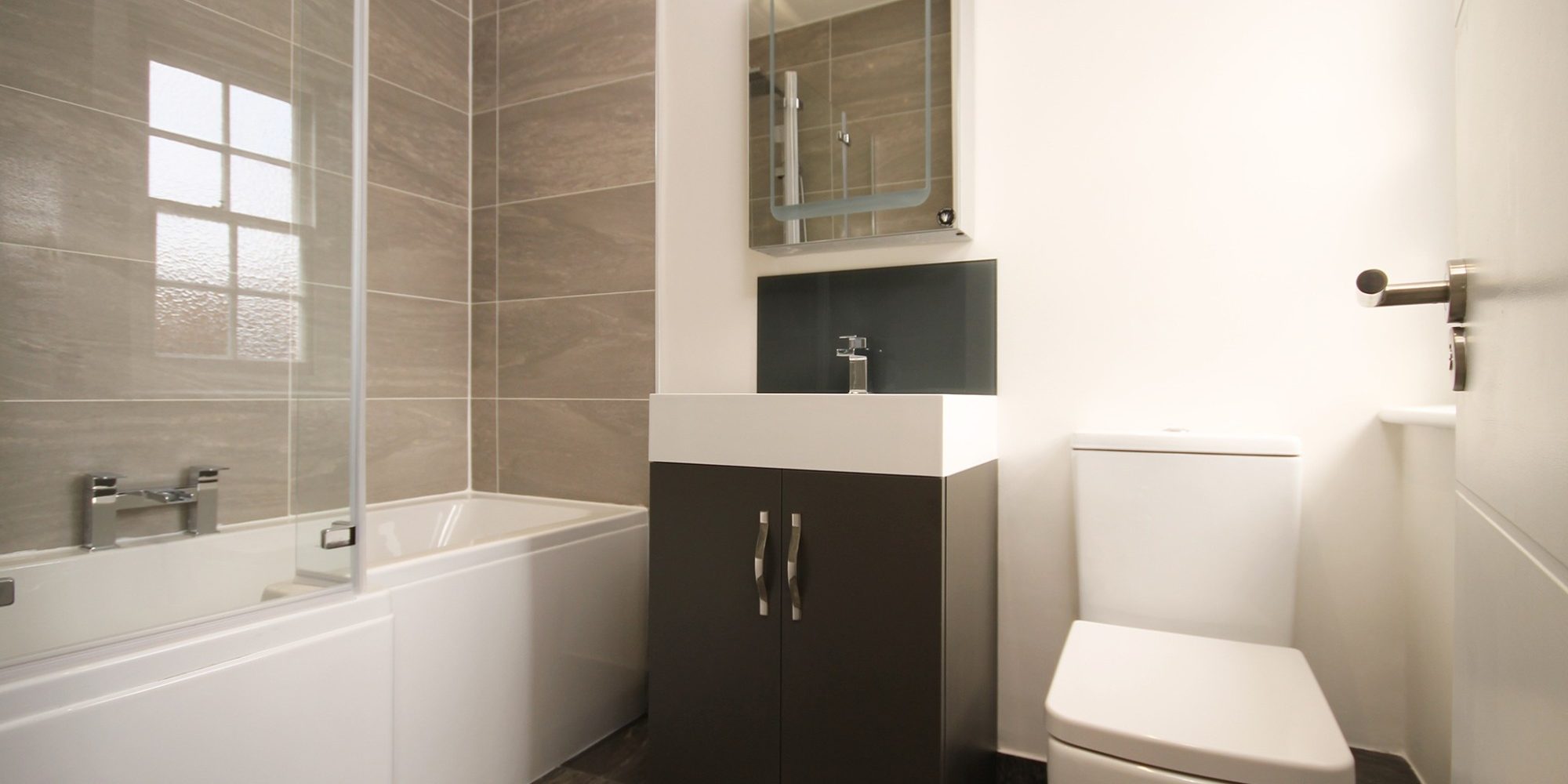
source: showersealed.com.au
There are several ways to make the bathroom waterproof. However, the areas of the leak that are causing the damage must be identified first. Let’s look at the possible places.
– Look for pipelines that open close to walls and floors
– Locate all hidden water pipelines and pipe links, and valves
– Tile grouts of incorrectly connected tiles
– All the taps and their joints
– Showers and their nearby pipes and joints
– Door frame in the bathroom
– Washbasins, bathtubs, and other similar items
Whereas tiles, peeling paint of floors, walls, ceilings, moldy cupboards, wooden structures, rotten pipelines, moldy curtains, and water cracks on tiles are signs of water leakage problems. It would be best if you fixed it immediately to stop more damage.
Leaks are usually caused by a lack of understanding of the many waterproofing strategies. For example, if a correct slope is not supplied at the drain to allow water to flow freely, it will stay around the exit points, increasing leakage that will result in wet walls and algae and dirt buildup between tile joints. Continuous wetness in the bathroom for many days can encourage the growth of fungi which is not good for the health of residents of the house.
Step-By-Step Procedure for Waterproofing
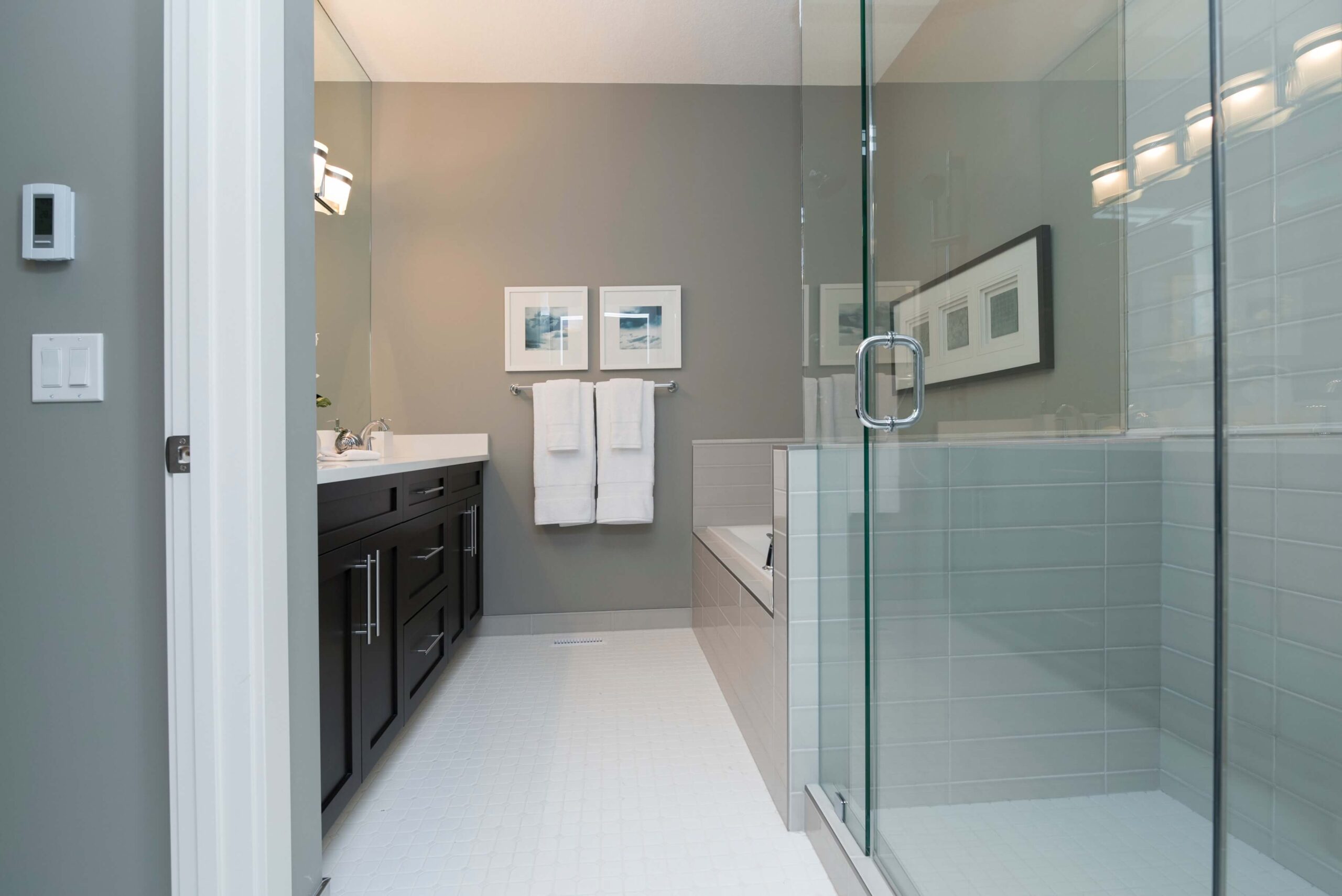
source: probuildermag.co.uk
Selecting the appropriate waterproofing solutions can reduce the leaks in the bathroom. This is the little step-by-step guide to the process. You can further improvise it according to your bathroom problems.
- There should be an appropriate slope supply near the drain to allow water to flow freely.
- Use a premium quality sealer to seal the joints in the bathroom drain near the taps.
- The joints between the tiles should be narrow and well-sealed. Failure to do so will result in the growth of algae.
- From the wet area to the dry region, the waterproofing membrane should reach around 150 mm. Fill the joints between the fixtures and the wall with sealant (sealing material) to prevent water seepage.
Features to Consider While Waterproofing
When waterproofing a bathroom, you should take a well-planned approach. In most cases, it requires inspecting the plumbing lines and repairing the inlet and outlet pipes. After that, apply a polymer coating. Before installing tiles on the floors and walls, level the walls. At last, complete the fixtures and sanitary ware. Each section, such as the floors, walls, plumbing lines, and tiles, must have its own set of criteria. Depending on the thickness of the screed that encloses the pipe, adjust the dropping level. Fill the gaps with Polymer modified mortar strengthen with mesh if necessary.
Avoid the Common Mistakes While Waterproofing the Bathroom
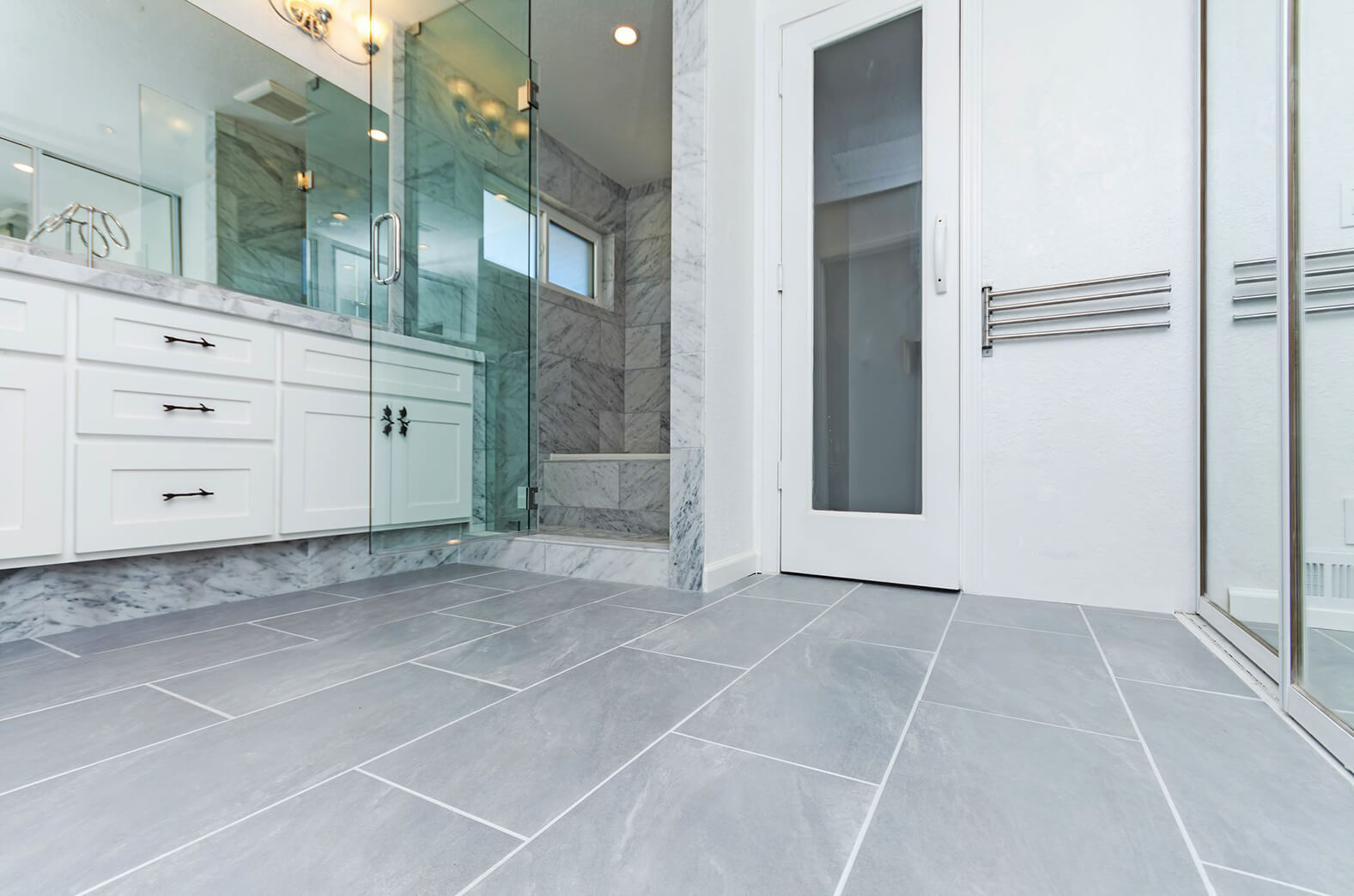
source: greenberg.construction
The most common error is selecting the wrong contractor or professional. Many companies provide services to protect homes from water leaks and other flooding issues that will take a significant amount of time and money. Hence, it is critical to selecting a contractor.
The easiest method to choose a contractor is to speak with representatives from various companies and determine the ideal solution for your leakage problem. Then you should compare the multiple figures they have provided and the strategies they will use to supply a decent solution. Some companies insist on utilizing just specified materials, which may or may not be required to fix the problem. As a result, it’s critical to get a second opinion before hiring a contractor. To save money, it’s never a good idea to choose an inexperienced contractor with no experience with waterproofing problems and solutions.
Consultation with a Professional
To solve specific problems, you should seek the advice of a waterproofing specialist. The expert will be able to provide you with a tailored solution to your waterproofing issue. He will be familiar with all options and recommend the best solution for your bathroom leakage problem. He would also be familiar with the quality of the materials to repair the leaks. Because the bathroom is the wettest room in the house, it should have leak prevention capabilities to reduce the risk of damage to the rest of the house. Choose an expert who can recommend a suitable contractor or advise the contractor on the specific work.
What Are the Benefits of the Waterproofing Process?
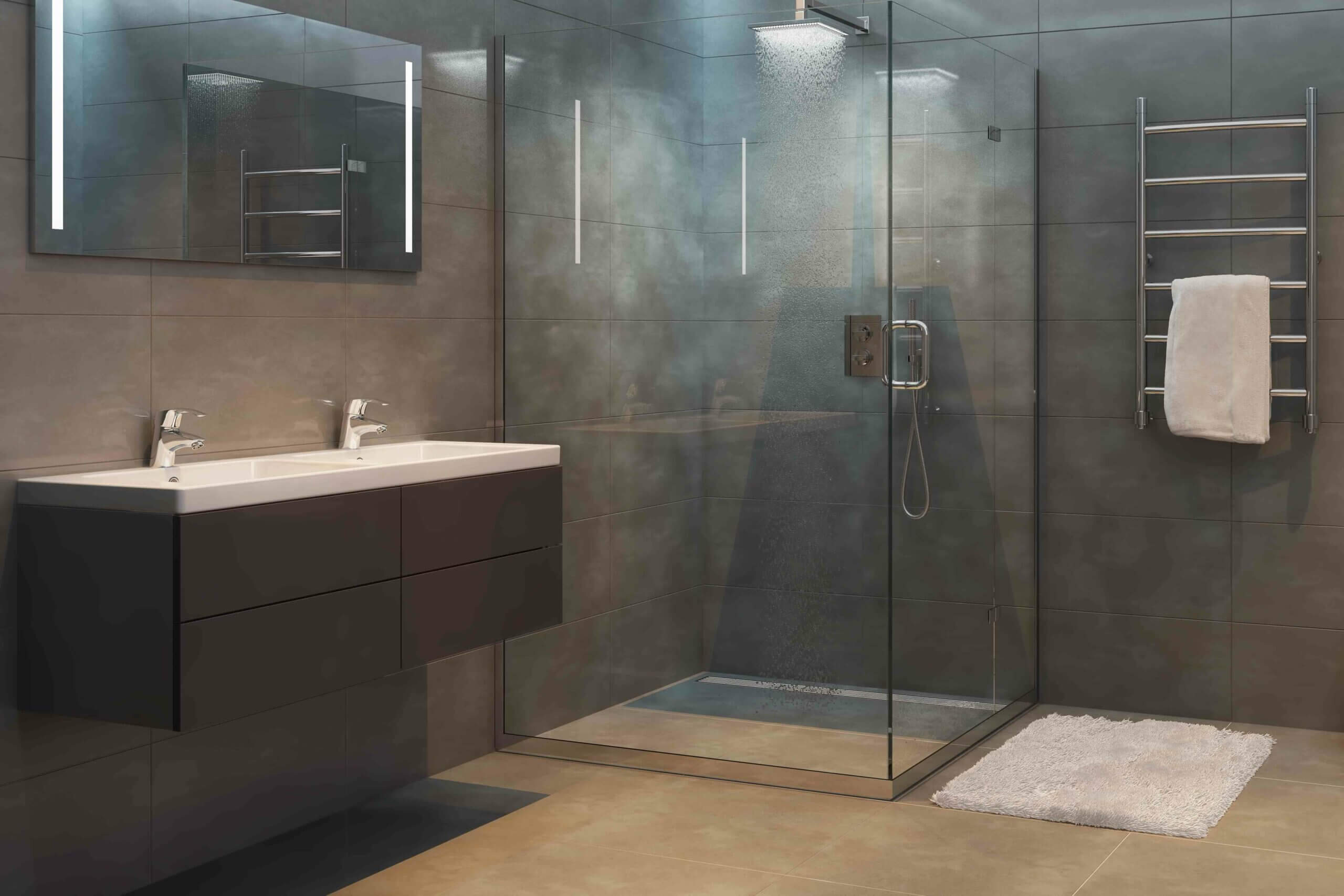
source: warmup.co.nz
Moisture in the wrong areas can be disastrous. Not doing Waterproofing or doing it with incorrect methods can increase humidity, mold growth, swollen walls, decaying wood, and even structural damage in wet areas of the home.
Water seepage is a serious issue that must be solved as soon as possible. Waterproofing will help prevent water from entering the place, seeping into the walls and floors, leaking from the pipelines, drains, etc. It will also assist in controlling humidity and protecting against the effects of water exposure. Waterproofing your home, particularly the bathroom properly, also helps to increase its market value.
Above all, Waterproofing over penetrations, projections, and joints with high-quality materials will result in a leak-free modern bathroom and toilet, as well as a cost-effective solution over time and ensure a comfortable and healthy lifestyle.

